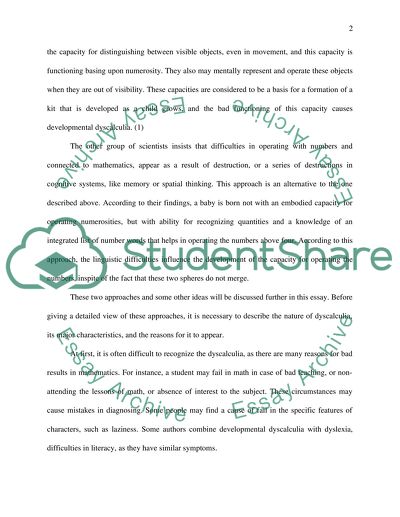Cite this document
(“Developmental Dyscalculia Essay Example | Topics and Well Written Essays - 4250 words”, n.d.)
Developmental Dyscalculia Essay Example | Topics and Well Written Essays - 4250 words. Retrieved from https://studentshare.org/health-sciences-medicine/1530694-developmental-dyscalculia
Developmental Dyscalculia Essay Example | Topics and Well Written Essays - 4250 words. Retrieved from https://studentshare.org/health-sciences-medicine/1530694-developmental-dyscalculia
(Developmental Dyscalculia Essay Example | Topics and Well Written Essays - 4250 Words)
Developmental Dyscalculia Essay Example | Topics and Well Written Essays - 4250 Words. https://studentshare.org/health-sciences-medicine/1530694-developmental-dyscalculia.
Developmental Dyscalculia Essay Example | Topics and Well Written Essays - 4250 Words. https://studentshare.org/health-sciences-medicine/1530694-developmental-dyscalculia.
“Developmental Dyscalculia Essay Example | Topics and Well Written Essays - 4250 Words”, n.d. https://studentshare.org/health-sciences-medicine/1530694-developmental-dyscalculia.


